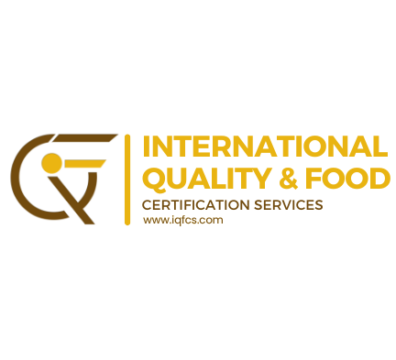CE MARK Certification
CE Marking is a symbol that indicates a product’s compliance with European Union (EU) health, safety, and environmental protection standards. The CE (Conformité Européenne) mark is mandatory for products sold within the European Economic Area (EEA) and signifies that the product meets all the necessary requirements for safety, performance, and environmental considerations as set out by EU directives and regulations.
The CE Marking Notified Body refers to an organization that is officially designated by EU authorities to assess the conformity of products before they can be affixed with the CE mark. These bodies play a key role in verifying that a product meets EU standards, particularly for higher-risk categories where third-party testing and certification are required.
More about CE MARK Certification:
Not all products require the involvement of a Notified Body to obtain CE marking. However, certain high-risk products are required by law to undergo conformity assessment by a Notified Body. These products typically include:
- Medical Devices: Medical equipment such as implants, diagnostic tools, and surgical instruments are subject to rigorous CE marking requirements and must undergo assessment by a Notified Body.
- Machinery: Equipment such as industrial machines, elevators, and lifting devices need to meet strict safety standards. A Notified Body ensures that the product complies with these standards.
- Personal Protective Equipment (PPE): Products like helmets, safety gloves, and protective clothing must comply with EU health and safety standards and are assessed by Notified Bodies.
- Construction Products: Items such as cement, concrete, doors, windows, and roofing materials require certification that they meet EU construction product regulations.
- Pressure Equipment: Equipment such as boilers, gas cylinders, and pressure vessels must comply with the Pressure Equipment Directive (PED) and undergo testing by Notified Bodies.
- Toys and Childcare Products: Some children’s products, including toys and cribs, require CE marking, often with a Notified Body’s involvement to ensure that they meet safety standards.
- Explosives: Certain explosives and pyrotechnic products require CE marking with the involvement of a Notified Body to ensure compliance with relevant safety standards.
How to Get CE MARK Certification?
The process of obtaining CE marking involves several steps, especially when a Notified Body is required:
- Determine the Applicable EU Directives: Identify which EU directives and regulations apply to your product. This step is crucial as different products are subject to different sets of rules.
- Product Testing and Documentation: Ensure the product complies with the essential health and safety requirements outlined in the applicable directives. This often involves testing the product in accordance with EU harmonized standards and preparing technical documentation that demonstrates compliance.
- Engage a Notified Body (if required): For high-risk products, contact a Notified Body for assistance with conformity assessment. The Notified Body will review your product’s technical documentation, carry out testing, and assess the manufacturing process.
- Conformity Assessment and Certification: The Notified Body will issue a report or certificate confirming that your product meets the necessary requirements. This is typically required for high-risk products before they can be CE marked.
- Affix the CE Mark: After successfully completing the conformity assessment and certification, the manufacturer is allowed to affix the CE mark to their product. This signifies that the product is in compliance with EU legislation and is safe for the market.
- Continuous Surveillance: For certain high-risk products, ongoing surveillance may be necessary to ensure continued compliance. The Notified Body may conduct regular checks, audits, or re-assessments.
Benefits of CE MARK Certification :
- Market Access: The CE mark grants products access to the entire European Economic Area (EEA), making it easier for manufacturers to sell their products in EU member states and other countries that recognize the CE mark.
- Consumer Confidence: CE marking assures consumers that the product has been tested for safety, health, and environmental impact, providing confidence in the product’s reliability and quality.
- Legal Requirement: For many products, CE marking is not optional. It is a legal requirement to market and sell certain products within the EEA. Non-compliance can result in penalties, recalls, or market bans.
- Global Recognition: The CE mark is recognized globally, and having the CE mark on a product can enhance its international appeal. Many countries and regions, such as Asia, Latin America, and the Middle East, recognize CE marking for product safety.
- Improved Reputation: The CE mark is often seen as a symbol of quality assurance. It reflects that the product adheres to rigorous EU standards, which can improve a manufacturer’s reputation in the market.
Are You Looking For
CE MARK Certification
CE Marking is a symbol that indicates a product’s compliance with European Union (EU) health, safety, and environmental protection standards. The CE (Conformité Européenne) mark is mandatory for products sold within the European Economic Area (EEA) and signifies that the product meets all the necessary requirements for safety, performance, and environmental considerations as set out by EU directives and regulations.







